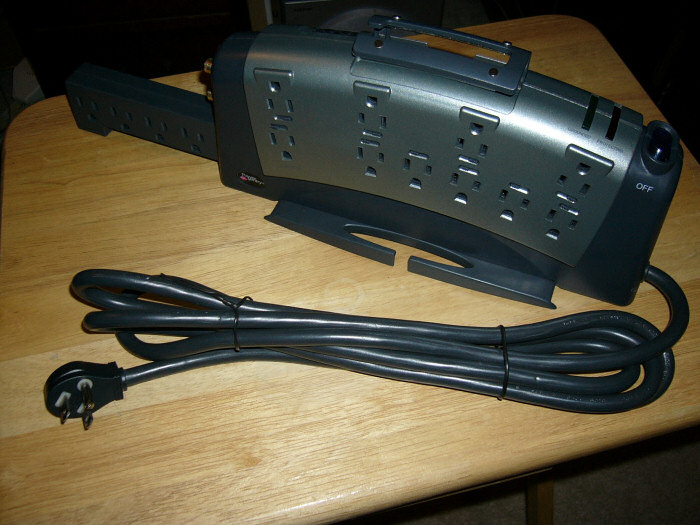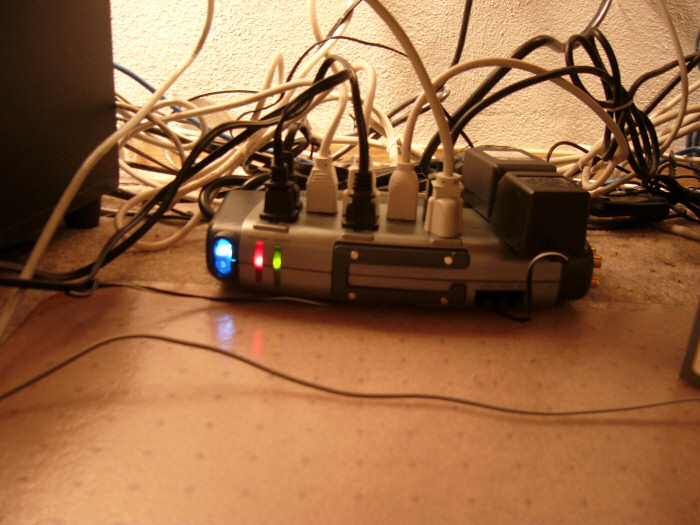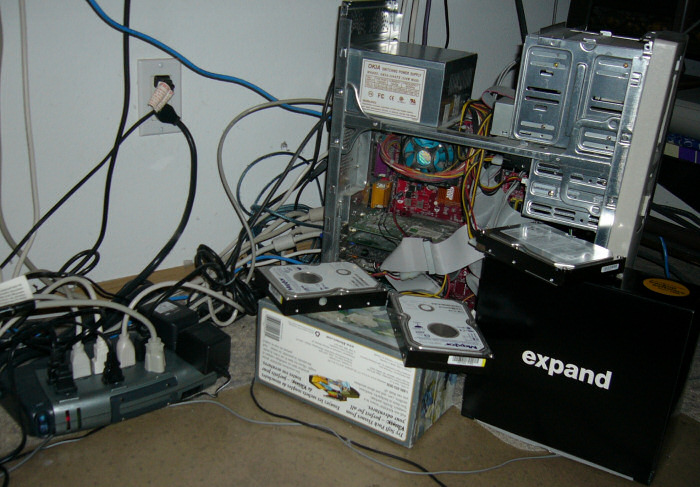ChrisReid
Super Soaker Collector / Administrator
I got a new power strip a couple weeks ago. I meant to post pictures, but I forgot. It has fourteen outlets, and most of those can be bulky AC adapters. There's plugs for multiple coax and telephone lines, and it has three different colored lights.




Last edited by a moderator:



 Pretty cool stuff though, Chris, I like the setup.
Pretty cool stuff though, Chris, I like the setup.